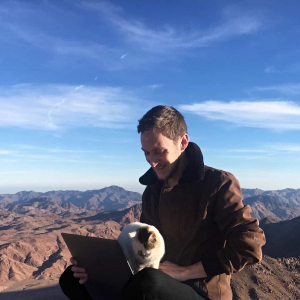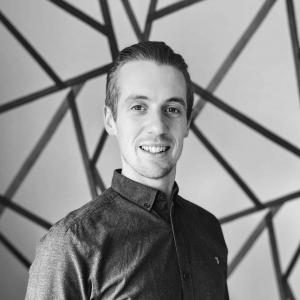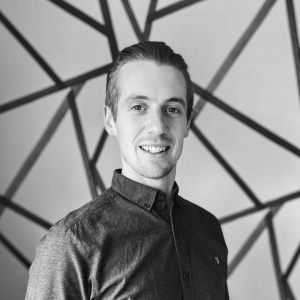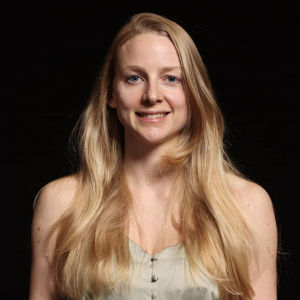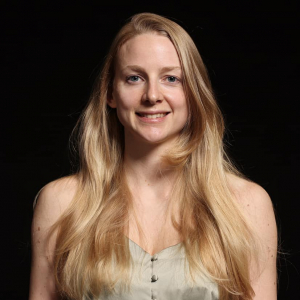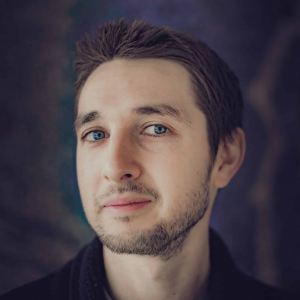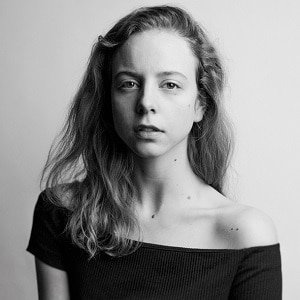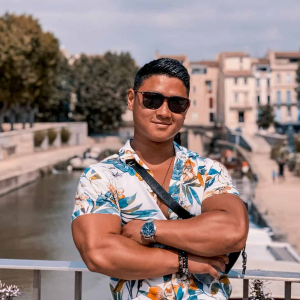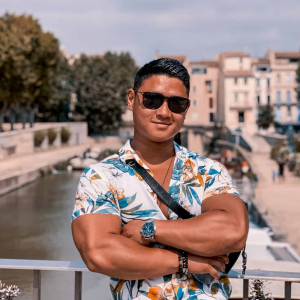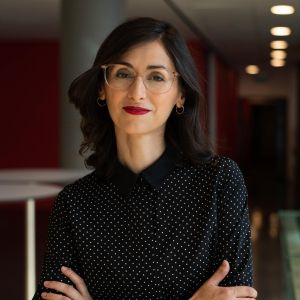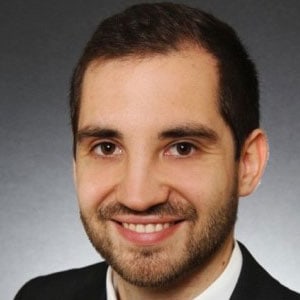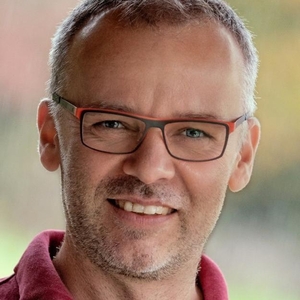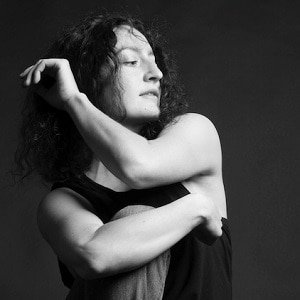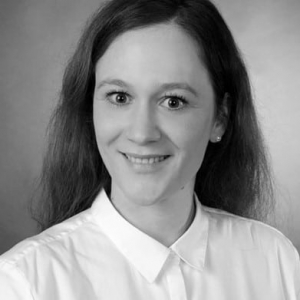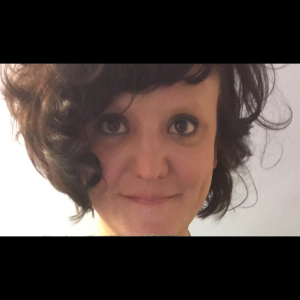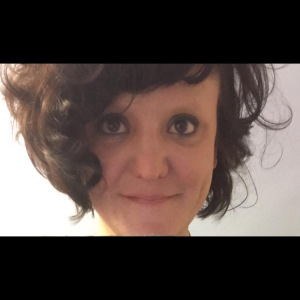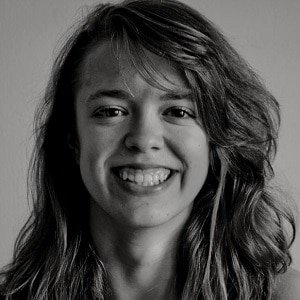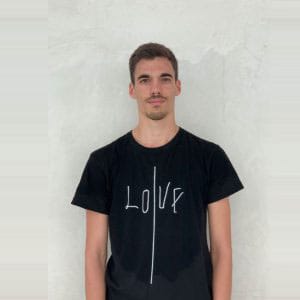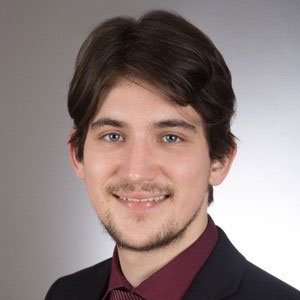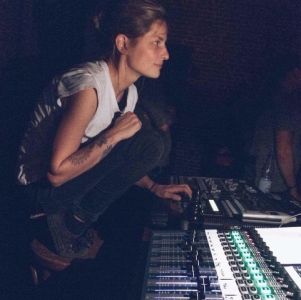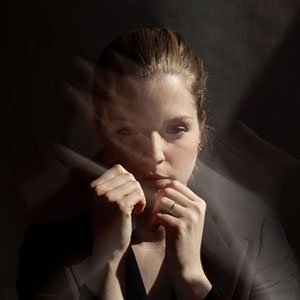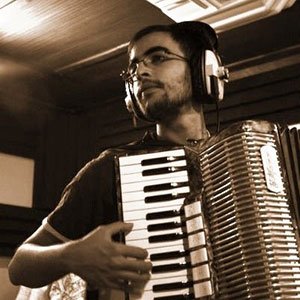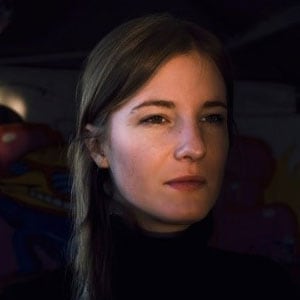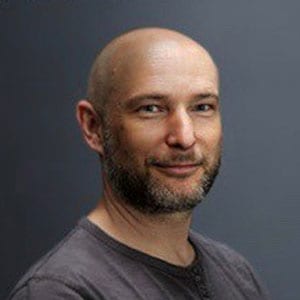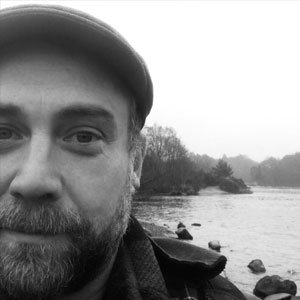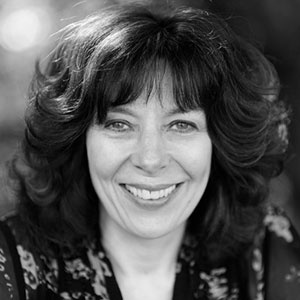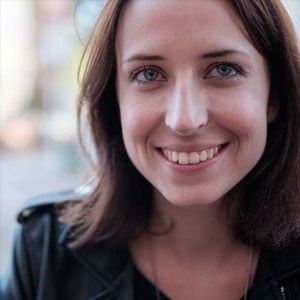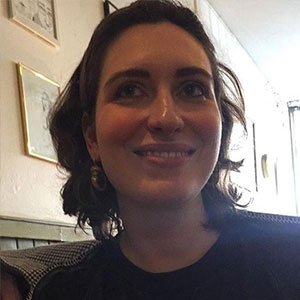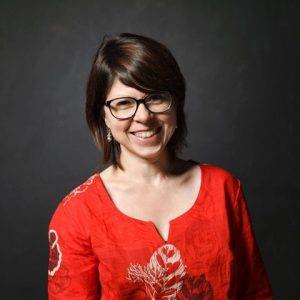CONCEPT
In this way, to infinity. The melody, like an endless thread, weaves through three dancing bodies, and although they keep distancing themselves from each other, they are entwined by the interdependence of their movements. But is this really about three bodies? Or is it about movement and melody, in the context of which the bodies are, at times, one body, at times two, at times three…?
⠀⠀⠀⠀⠀⠀⠀⠀⠀⠀⠀⠀
Ita Infinita follows the choreographic trajectory of Elisabeth’s celebrated HEAR EYES MOVE. Dances with Ligeti. In collaboration with United Instruments of Lucilin, this new work departs from Johann Sebastian Bach’s “Partita for Violin n°1 in B minor” (BWV 1002)and includes a newly written improvisational music score created by Elisabeth herself, exploring infinity and interconnectivity in a space where past and present collide.
In order to explore how movements and textures, both musical and physical, overlap, merge again and again, in such a way that the body does more than illustrate the music, and the music does more than merely score the body. Out of the simultaneity of dance and music emerges a unique form which grows and flourishes, blurring the boundaries between nature and art – for the Baroque was always in search of infinity and found it here and there, in vastness as well as miniature.
Elisabeth and her team embrace this idea, drawing inspiration not only from Baroque art but also from the shapes and textures of nature. For example, the winding patterns of the dances – notably the Allemande and the Sarabande – not only reflect popular architectural and landscaping styles of the time, but also the abundance of small infinities such as those found in plants, snail shells or whirlpools.
Inspired by the lavish robes and ornaments of the baroque era, the close collaboration with costume designer Agnes Hamvas also brings about a visual atmosphere that produces another aesthetic level that is interwoven with dance and music, by combining the pomp of the baroque era with a more modern simplicity in the costumes. A more understated infinity, which still glows in radiant colours.
Have a look at our rehearsal trailer to catch a glimpse of the creation
Check a glimpse of the Allemande
Behind The Scene – Documentary on the creation of ITA INFINITA
PREMIERE & TOUR
Past
PREMIERE – 7 October 2022 – Echter’Classik Festival, Trifolion Echternach, Luxembourg
more information and tickets HERE
⠀⠀⠀⠀⠀⠀⠀⠀⠀⠀⠀⠀
20 – 24 April 2024 – tour:
20 April – SERVIOR, MS Centre Geenzebléi, Wiltz, 15h00
9 – 13 October 2022 – tour:
09 October – SOS Kannerduerf Mersch
09 October – Centre thérapeutique Manternach
10 October – Two School Performances, Trifolion Echternach
10 October – Servior Um Schleeschen Echternach
11 October – School Performance, Trifolion Echternach
11 October – Servior Belle Vue Echternach
12 October – Kinderheim St. Paul, Synagoge Wittlich
13 October – Hospice civile in Echternach
⠀⠀⠀⠀⠀⠀⠀⠀⠀⠀⠀⠀


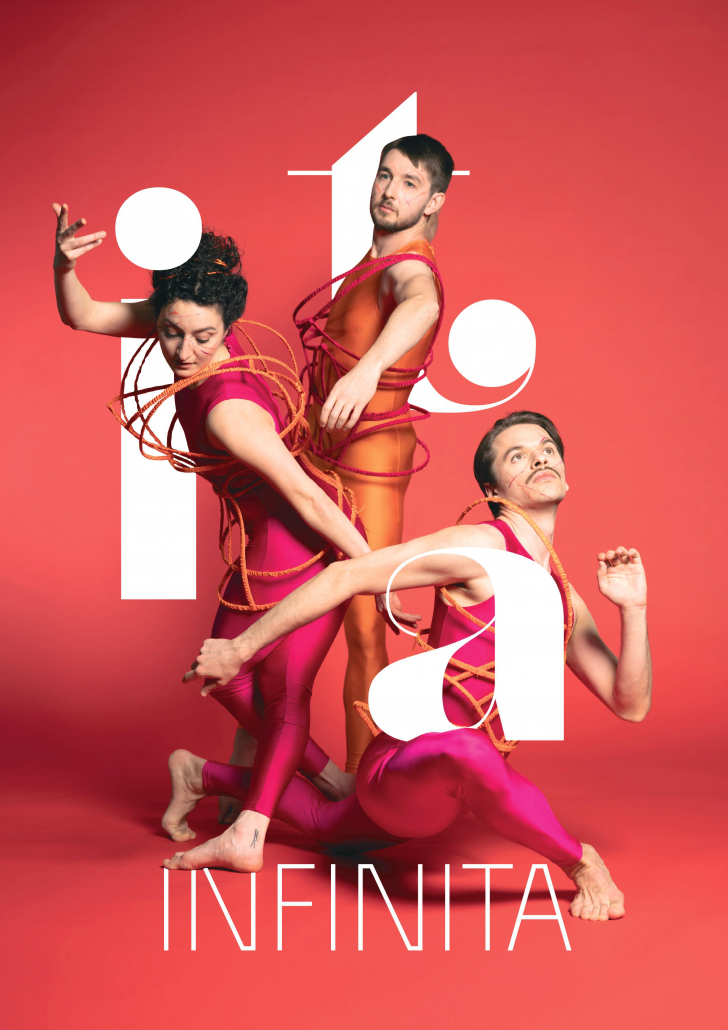
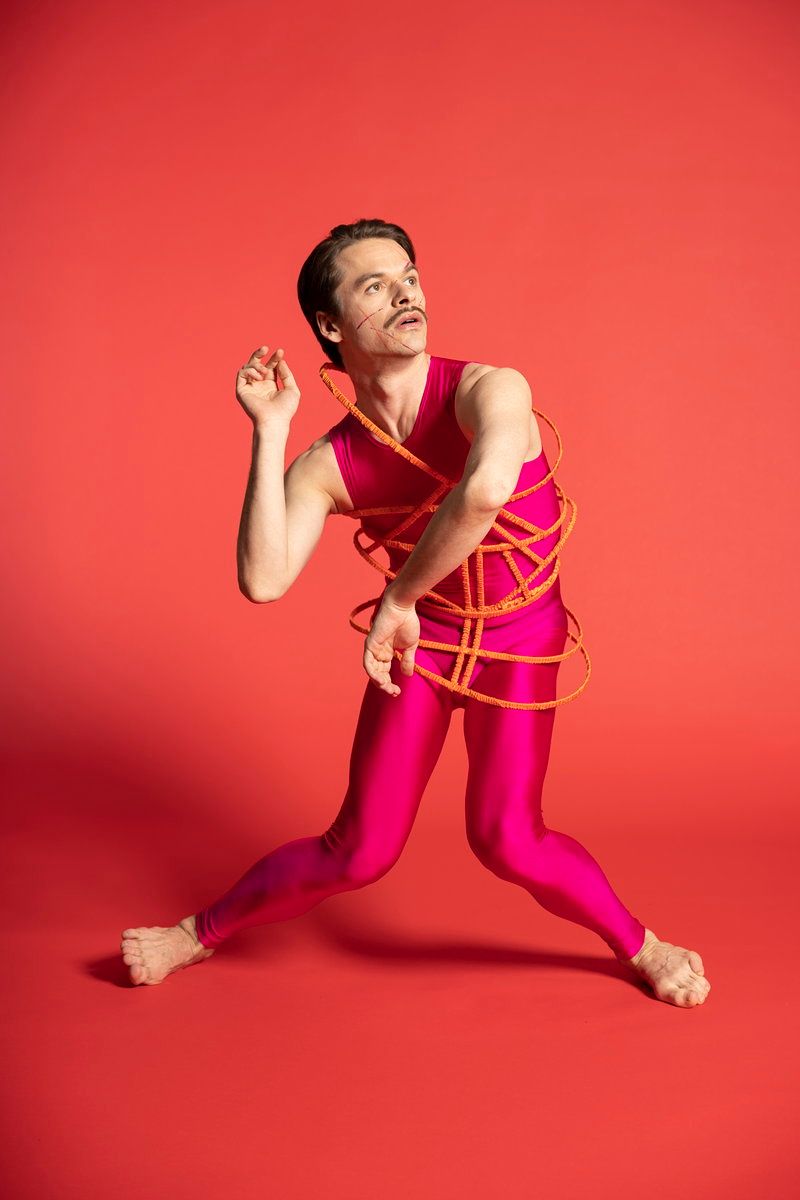
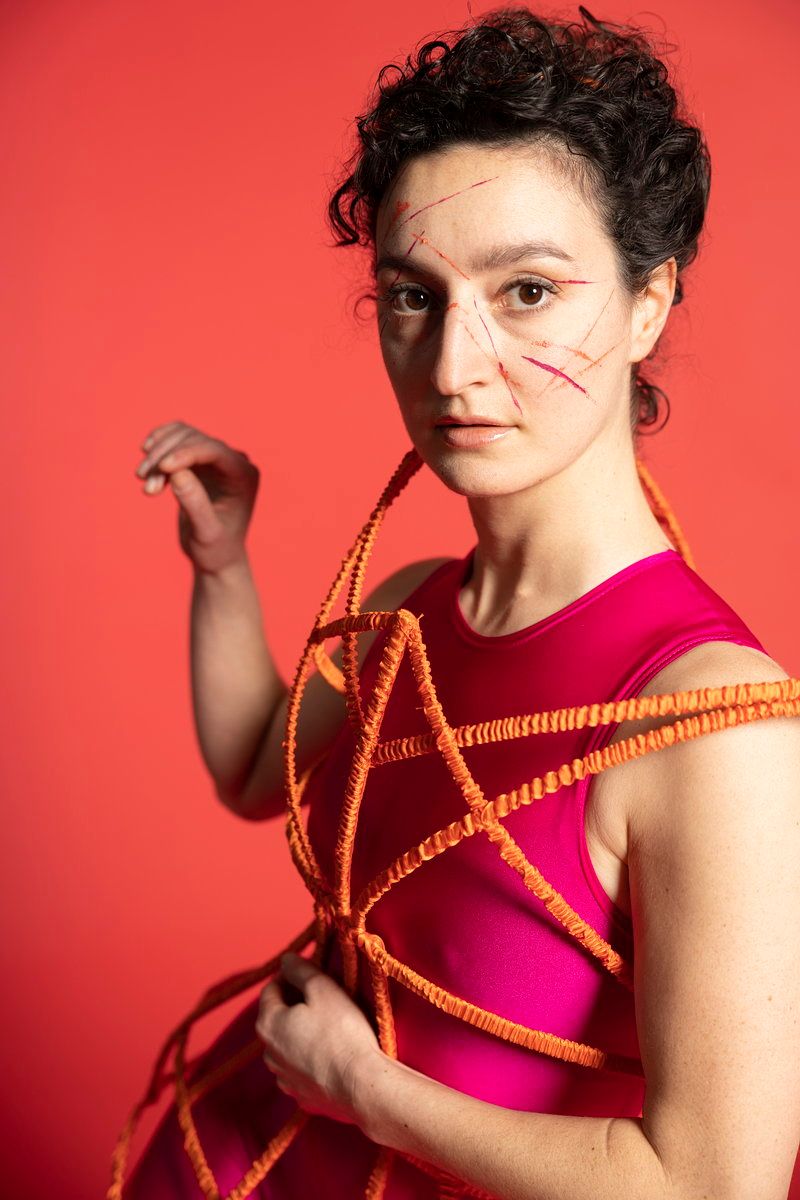
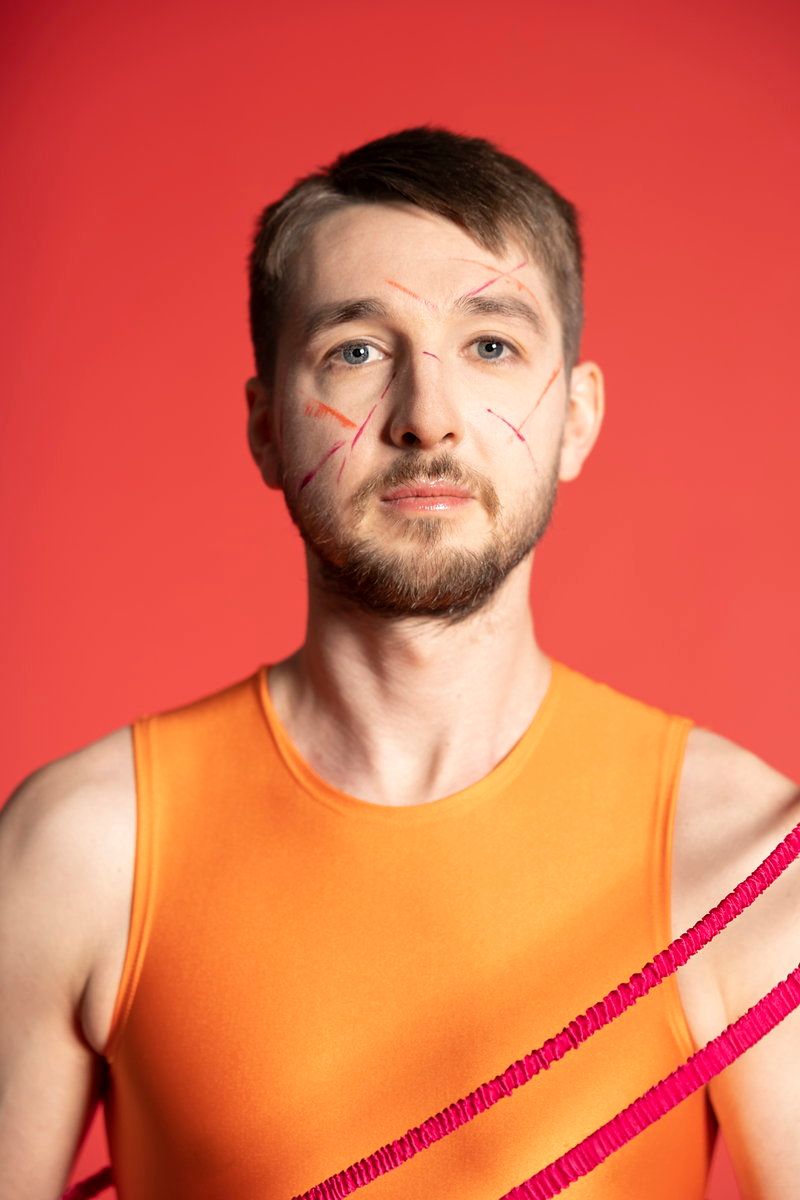
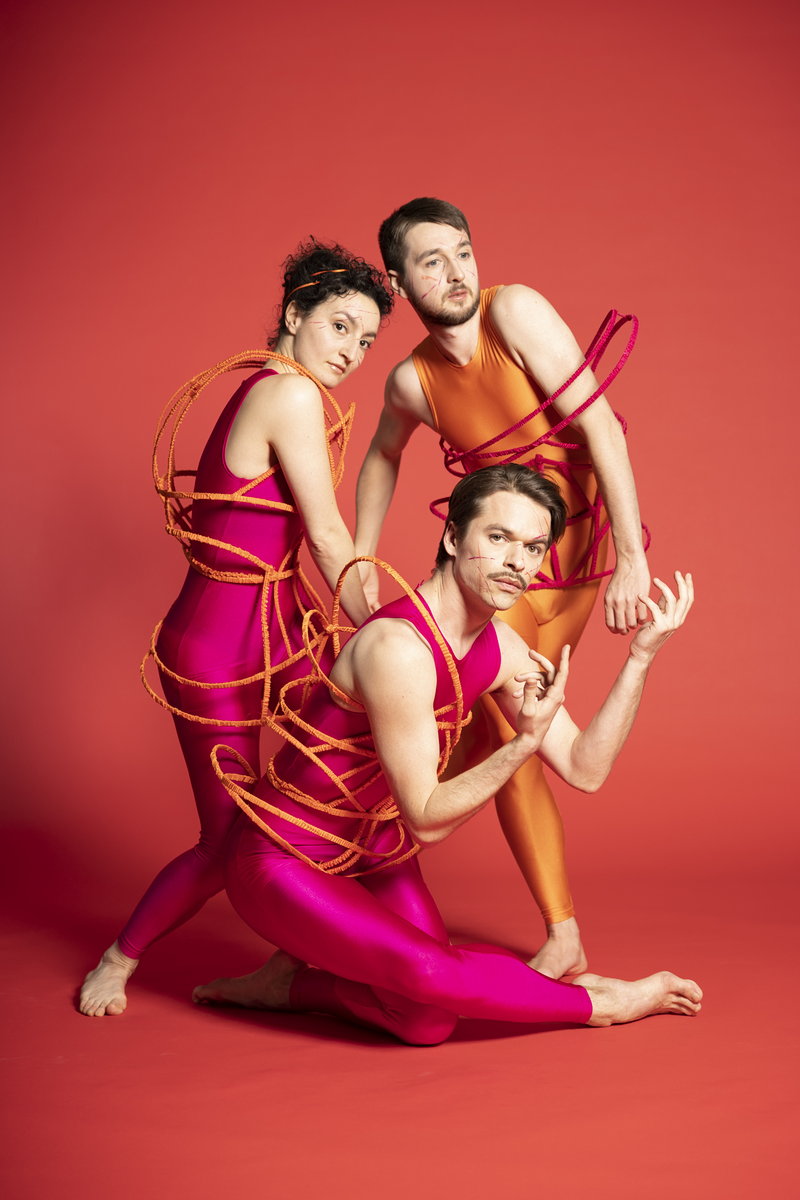
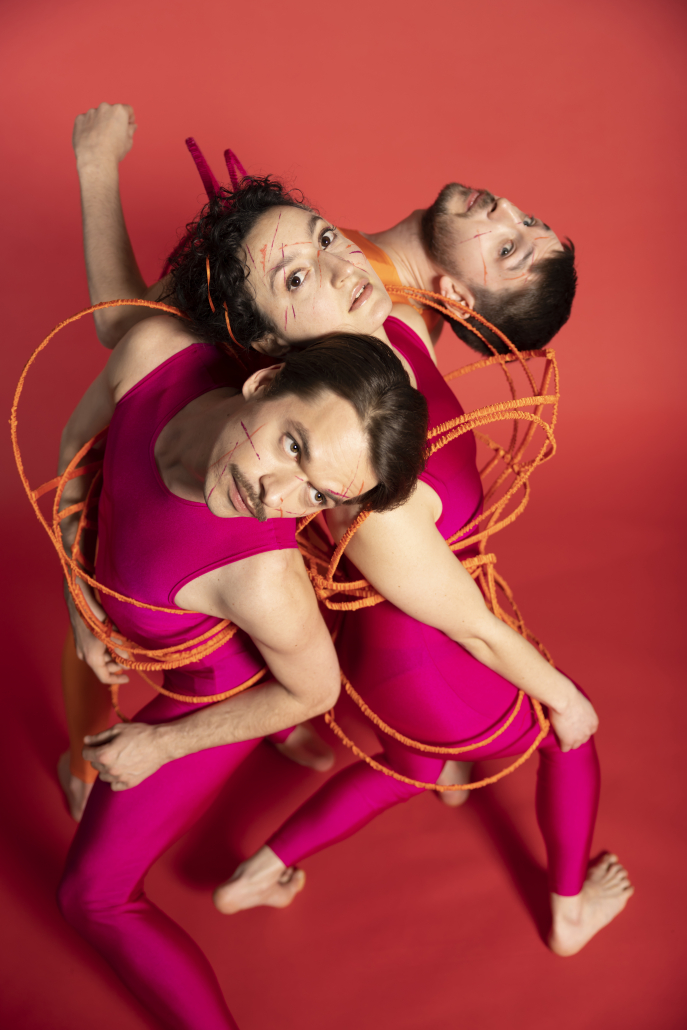
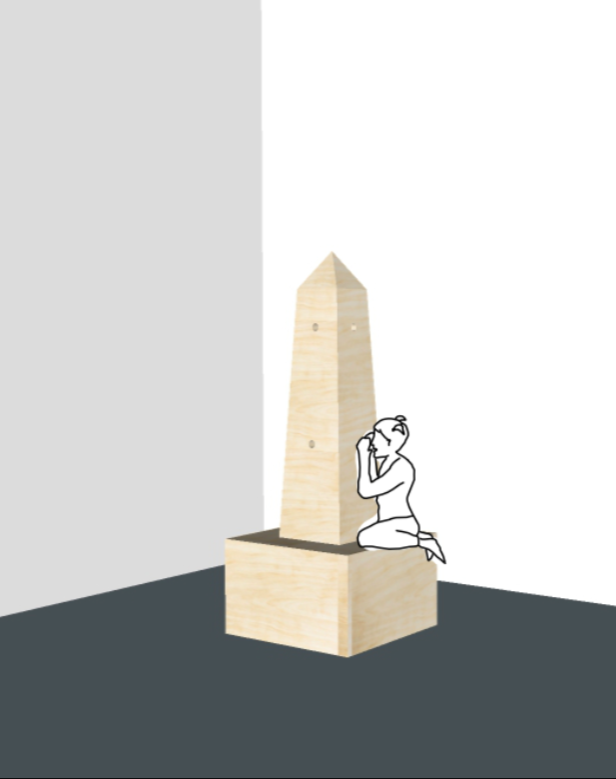
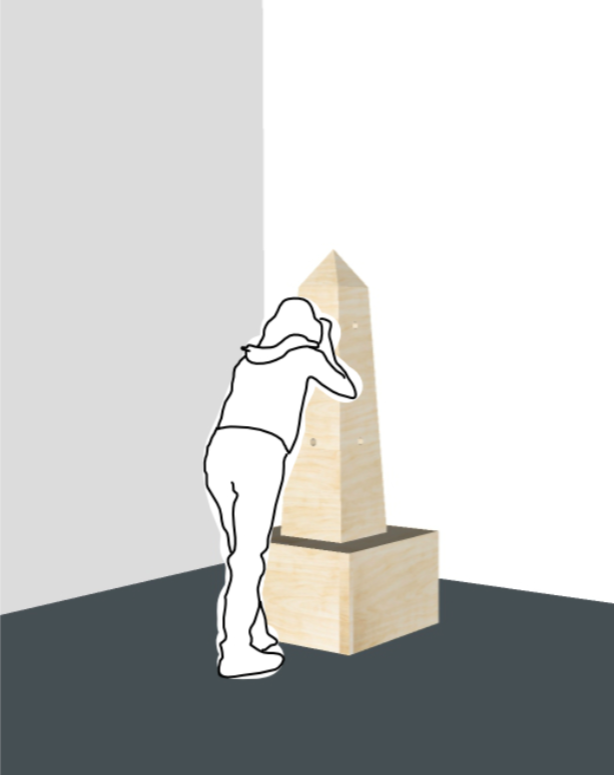
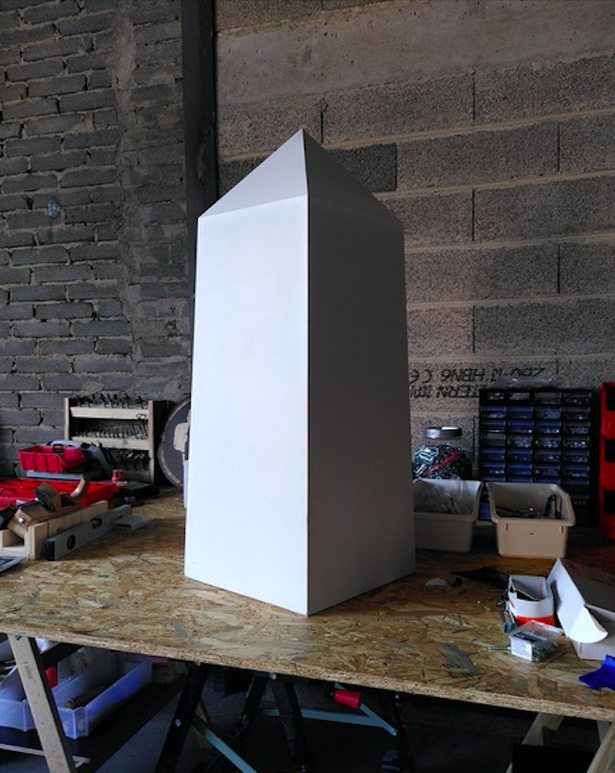
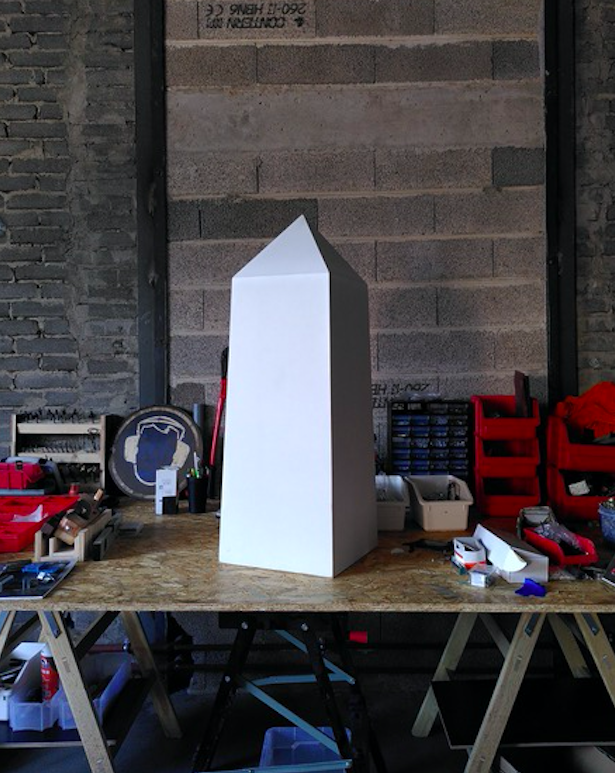
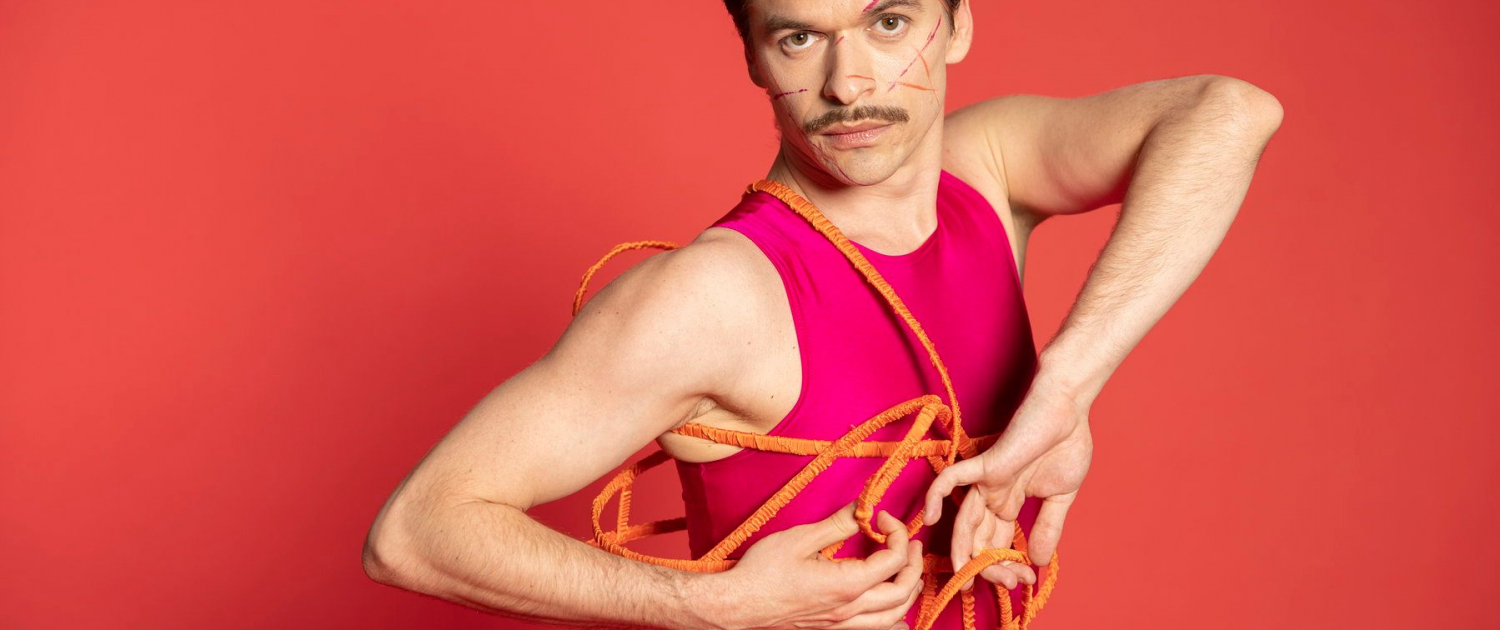
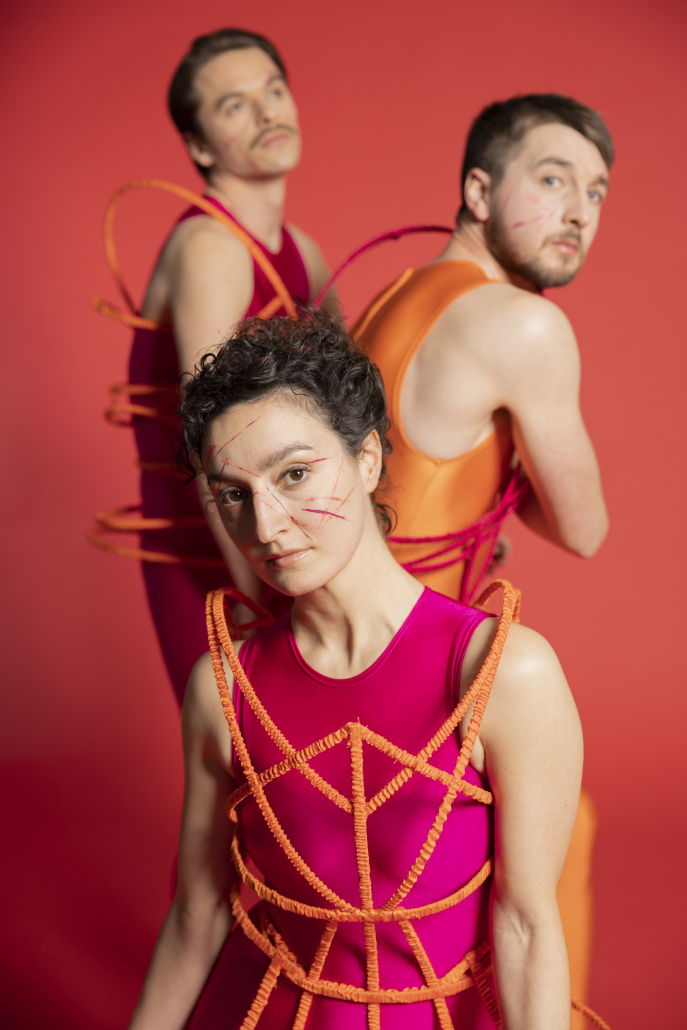




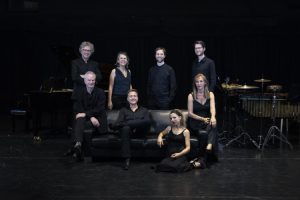
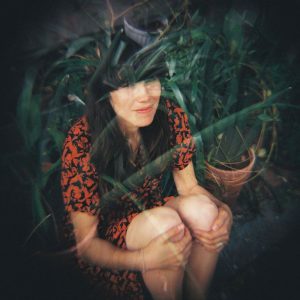
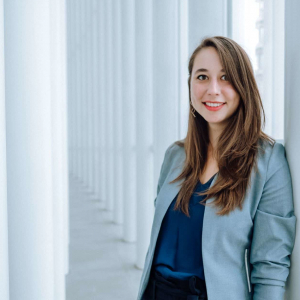

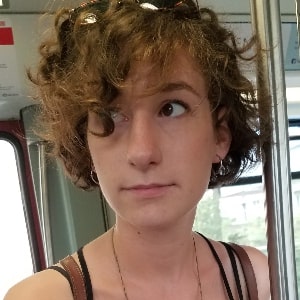
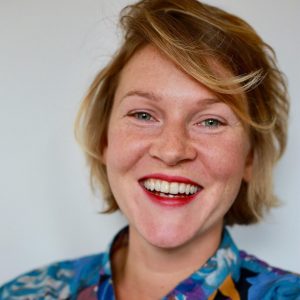
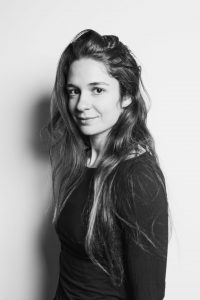
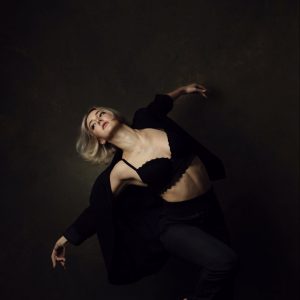
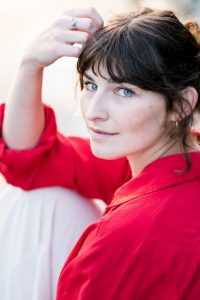
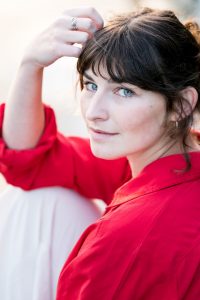
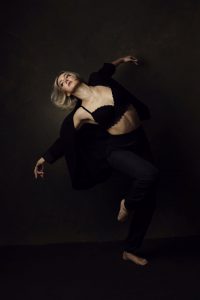
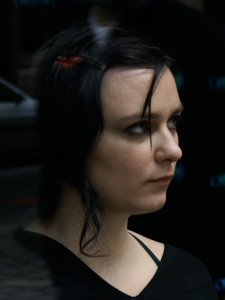

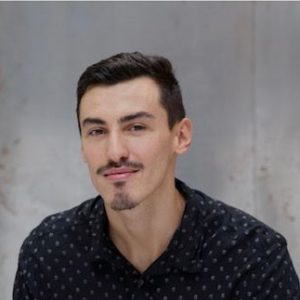

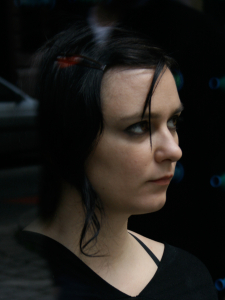
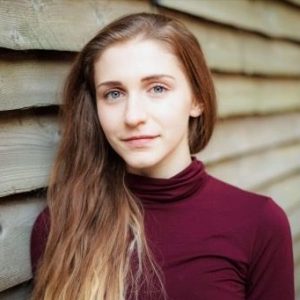

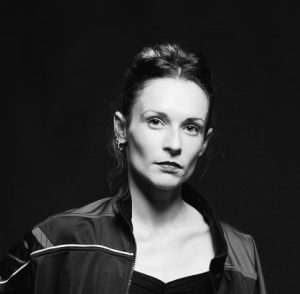 Lou begann im Alter von 5 Jahren in ihrer Heimatstadt zu tanzen. Im Jahr 2012 schloss sie sich dem Ballet Junior de Genève an, wo sie Werke von renommierten Choreografen wie Andonis Foniadakis oder Hofesh Schechter tanzte. 2016 schloss sie sich dem Kamea Dance Cie in Israel an, wo sie unter anderem Werke des Regisseurs Tamir Ginz, aber auch von Nacho Duato und Marco Goecke tanzte. Seit 2020 ist sie als Gasttänzerin am Grand Théâtre de Genève engagiert und arbeitet seitdem als freischaffende Tänzerin.
Lou begann im Alter von 5 Jahren in ihrer Heimatstadt zu tanzen. Im Jahr 2012 schloss sie sich dem Ballet Junior de Genève an, wo sie Werke von renommierten Choreografen wie Andonis Foniadakis oder Hofesh Schechter tanzte. 2016 schloss sie sich dem Kamea Dance Cie in Israel an, wo sie unter anderem Werke des Regisseurs Tamir Ginz, aber auch von Nacho Duato und Marco Goecke tanzte. Seit 2020 ist sie als Gasttänzerin am Grand Théâtre de Genève engagiert und arbeitet seitdem als freischaffende Tänzerin.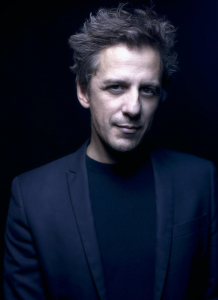
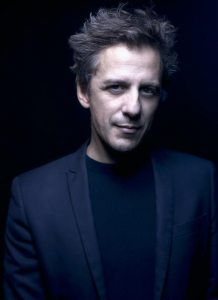
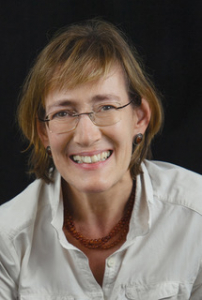
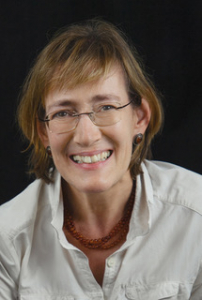
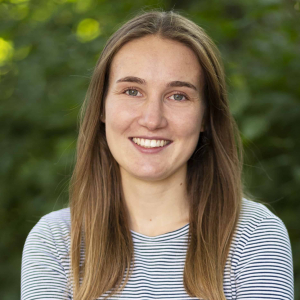 Johanna Schmitt
Johanna Schmitt Johanna Schmitt
Johanna Schmitt